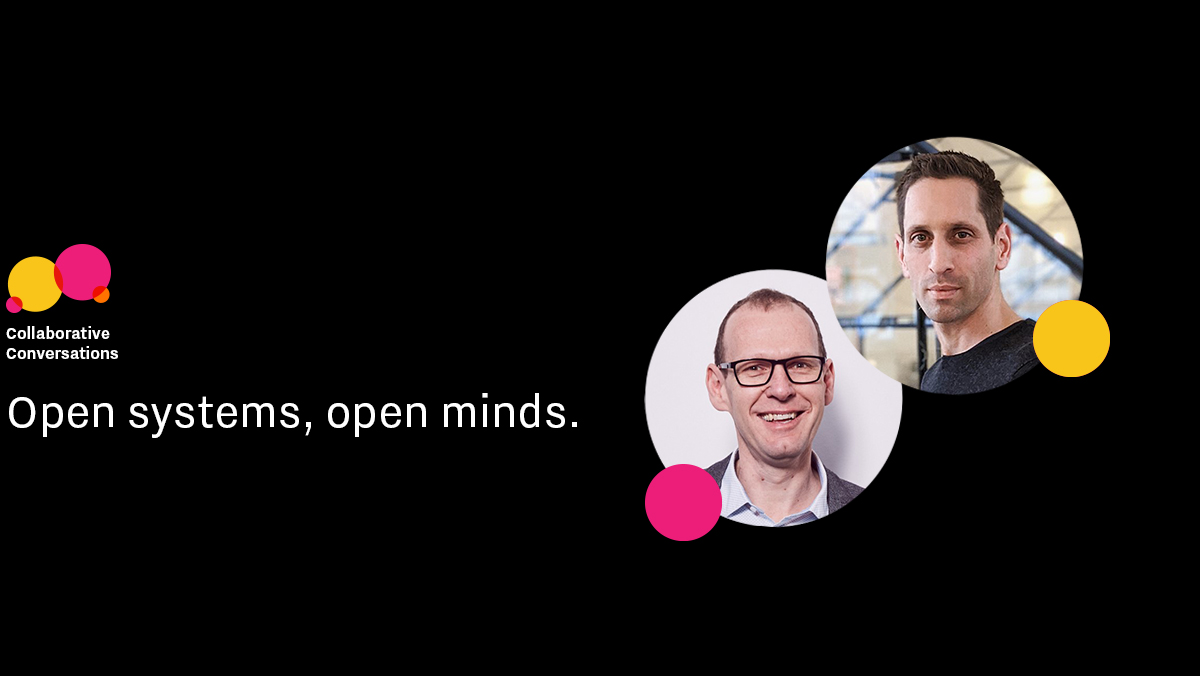Software design has matured over recent years, and the definition of ‘good design’ has changed with it. This conversation explores the importance of collaboration to create successful digital solutions.
Gavin: Good morning, welcome to Collaborative Conversations. I’m Gavin Anderson, an Associate Partner at GW+Co, and your host for today. I have with me Dieter Bachmann, Head of Software Development at Identec Solutions, and Lindsay Cast, Head of Design at GW+Co. The best way of starting off, I think, is by giving us a little bit of your background, and maybe saying something about what’s brought you to where you are in the industry today.
Dieter: I’ve always worked in technology. I can’t play any musical instruments and I can’t draw – I’m an engineer at heart. I studied computer science and then worked in research, where I got involved a kind of breakout project. A friend of mine had what was called back then a web agency, but it’s basically a digital agency. Flash 5 had just come out, and they wanted to do some online games. They had the designers, the graphics know-how, but Flash 5 was an object-oriented programming environment. It was an interesting experience, coming from the computer science side and working with creative people. We did quite a few online games together, and I really enjoyed it. Now I’m head of software development at Identec Solutions. That’s the job title, but there’s a lot more to it, of course. We have a highly distributed team, with people here in Austria, in Norway, in Poland, and in Australia, and I try to orchestrate what they are doing. We use Scrum as a process, and our product managers work very well in the role of product owners. My job is to make sure that people do what they like doing, because that’s really what they’re best at. And I try to keep the group together.
Lindsay: My overlap with Dieter is via Flash 5. And, unfortunately, this is showing our age because it’s very much an extinct way of doing things, but I came at it from the design and brand end. I also ended up developing games, but for me it came out of a need for visual designs and giving them life and movement. And Flash 5 was the tool available. My background is interactive design and brand design, and then of course that got me into designing for software and games. And that’s where I am today, I work on all design executions, be they brand, offline, online, print, digital.What’s next?
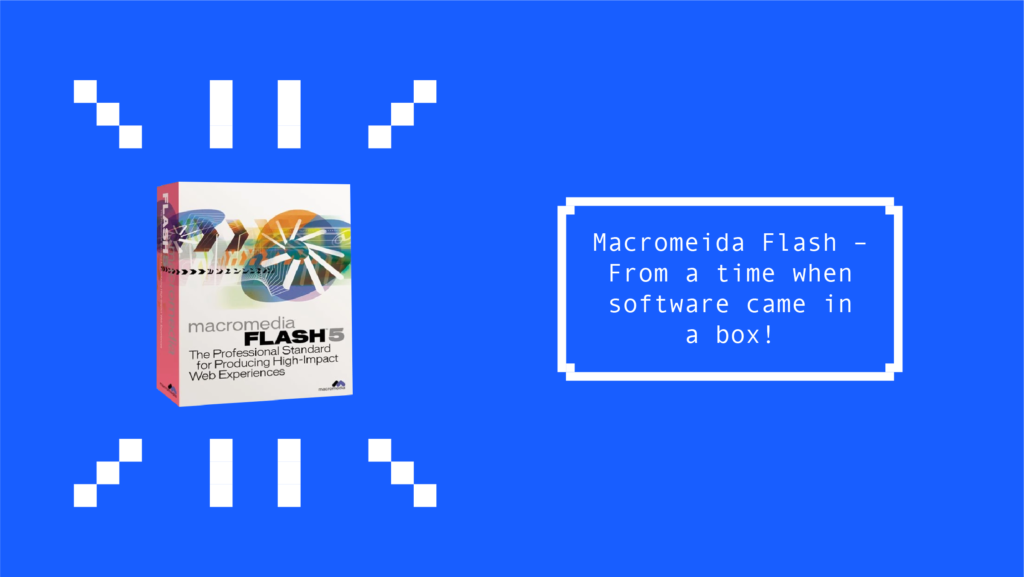
Gavin: I remember Flash programming well! That’s a nice link because it takes us on to the question of user expectations. Back then, you were both doing Flash 5 and that was leading edge, but life has changed. How do you meet user expectations today? Dieter, I’ll put that to you first, because you have a number of employees and partners that are, I guess, technically your customers. So, how do you meet their expectations?
Dieter: When I was still at university, I remember, we were told things like, ‘Well, if your customers don’t like your user interface, ask them to use it for two weeks and then come back, because within two weeks they will most likely get used to it’. Then there were times when people thought professional systems didn’t need to look good, that it’s not necessary to have a nice-looking user interface because it’s a ‘professional’ system. And then things changed with the arrival of smartphones, and people got used to having very good user interfaces in their hands, and they’re just not willing to accept bad user interfaces any longer. That’s the big change we’ve seen, and that’s the point where it’s important to start working in cross-functional teams, to bring people with design experience into the teams and work together.
Gavin: Lindsay, would you share that view, because that’s leaning to the industrial side. In the early days, industrial interfaces were very functional, but today there’s a higher demand for ease of use. Have you seen that pattern in the consumer market?
Lindsay: Yes, I’d agree with Dieter. If we look way back, the early days of digital were like the Wild West, there was an expectation that, whatever you built, users would figure it out. Speaking for myself, we used to design things deliberately to be innovative, we wanted to do things differently. And going back to Flash, it gave you the power to do ridiculous interfaces. This was before people really valued user experience. What happened since then is that people are used to living their lives online, and that has led to some conventions being set. Now, if you’re a designer, you break those conventions at your peril. If you’re designing a house, you make it obvious where the front door is, so people can walk in. Gone are the days when we could hide the front door up on the roof, and hope that people will climb up and find it. And the learnings and the standards being set in consumer-level software are now being demanded by commercial clients. When we’re designing things for business applications, they need to have the same ease of use as consumer-focused applications.
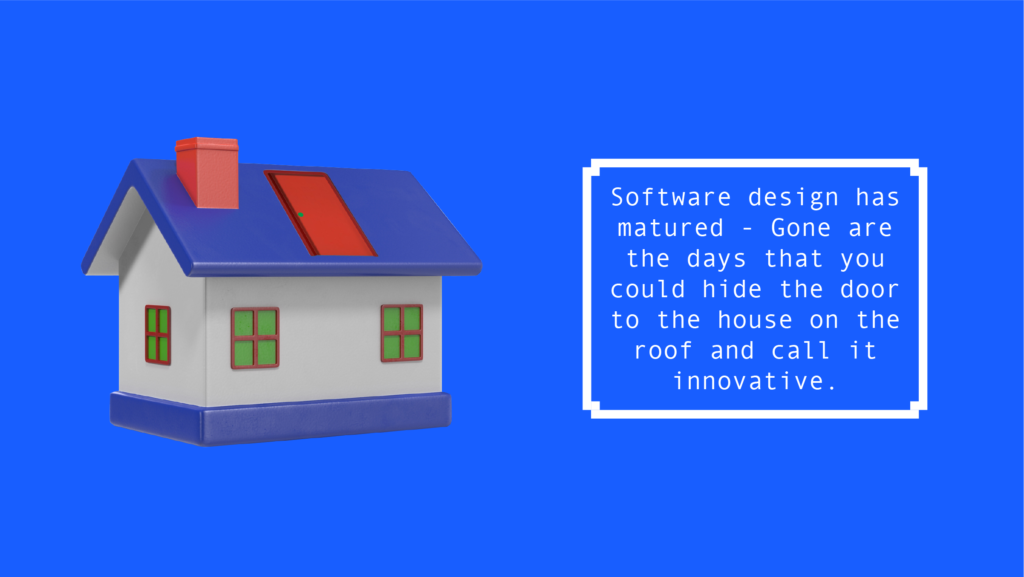
Gavin: Dieter, are you seeing this level of demand for an improved interface in the industrial sector? Because sometimes you are just given a tool and that’s it. Is this changing within business as well?
Dieter: Yes, although you can still get away with a few things. But ultimately, people today just expect user interfaces to be intuitive and functional, and if they aren’t, they just don’t accept it. They will ask, ‘Why are you giving me a user interface like that?’ I have these discussions constantly. Remember what happened to Outlook on mobile phones? It was the general purpose, one-size-fits-all user interface, in contrast to a lot of small applications, each fulfilling a specific role. And in industrial applications, we tended to deliver the Outlook approach, but what customers actually wanted was specific applications solving their individual problems. And that directly affects the user interface design, because when you have a specific problem, you need an interface that allows you to solve that problem efficiently.
Lindsay: I think you’ve touched on something fundamental there. Speaking from my side, the idea of what ‘good design’ means has changed. Coming at things from a visual design background, good design meant it was new and unusual and bright and vibrant. And now we’ve come to understand good design as something that helps the user achieve their goal. Anything that gets in the way is, in fact, bad design.
Gavin: So you need healthy levels of respect within a team. Designers need to understand that their decisions have impact. Where do you draw the line? Obviously, one of your team could spend a week, a month, six months, developing an interface. How do you measure the value of the time spent on the interface, over and above just putting a button on the screen?
Dieter: That’s an interesting question, and there is no single answer for it. I personally don’t take this decision. Working Agile, using Scrum, means this decision is taken by the product owners, they have to optimise the time invested for the outcome. In this specific use case, if the need is for a perfectly optimised user interface, then we might invest an enormous amount of time in that. If the system we’re delivering is almost ‘headless’, in other words, the user interface is just used by our own people to administer the system every now and then, hopefully the amount of time invested in that interface is not so great. Ultimately, it’s the decision of the team. For sure, there are some boundaries, but the team says how much time they need.
Gavin: You alluded to a function as well, something critical to your customer – and that customer could be internal or external – which suggests the importance of the interface defines how long you should spend on it.
Dieter: Yes, and also how often we can reuse it. Certain things are used in different industries, and so on. Estimating time, deciding where to spend time, is definitely a challenge.
Gavin: That’s a great segue into talking about reusing parts, because this is something that has become more common in recent years. Before, everything was a custom build, and when you were finished with it, you threw it away because it was old, and we all wanted new, new, new. This touches on the project you worked on with Lindsay. What was the journey you took?
Dieter: When you look at Identec Solutions as a company, the problem we have is that we are active in four different industries – energy, mining, manufacturing and maritime. That’s quite a zoo, and if we only developed solutions specifically for one industry and didn’t have anything reusable, we would need a huge development team, maybe double or triple its current size. So our main goal is to make things that are reusable. After the corporate identity project we did with GW+Co., how do we approach this question, how do we go about creating user interfaces? Well, we said that whatever we do, we need to have something that we can reuse. It doesn’t help if we approach a project and say, ‘We fully understand the requirements of the customer, the business case’, and then design a specific solution. What we need is something more fundamental, something that can be applied across our different industries. That was the challenge, and also the setting for the project.
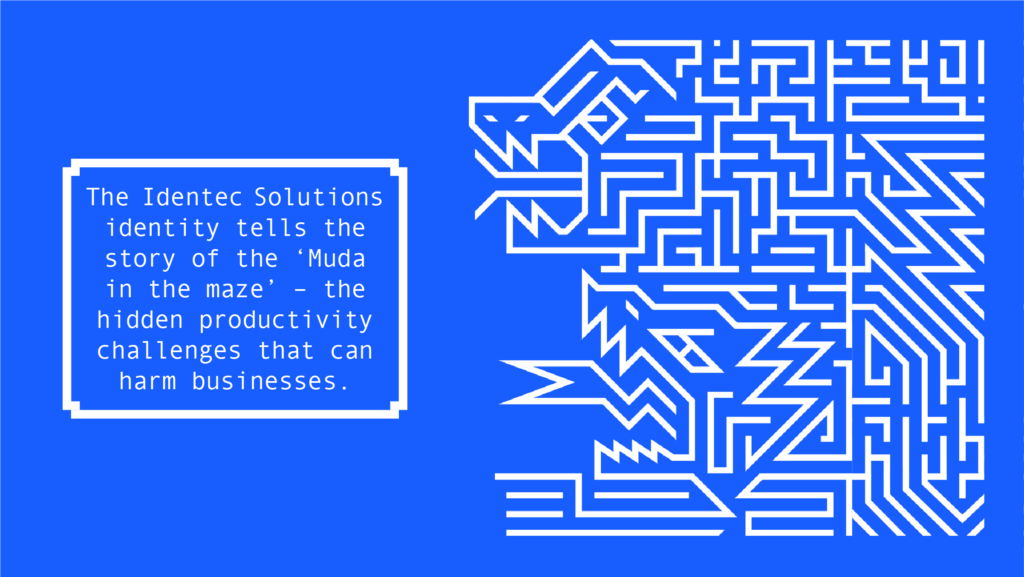
Gavin: That sets it up nicely as a challenge – a client working in four different industries, who doesn’t want to invest in huge teams to create multiple interfaces for multiple markets around the world. How did you approach the solution?
Lindsay: How we approached it is an example of how the industry has changed and how everyone needs to approach these things, if they want to be successful. Dieter didn’t look to us to design his applications, as you suggest. That’s a really big task, and it’s a task that needs to be shared by designers, information architects, product owners. No longer can you send that somewhere over there and have it come back and your colouring is done, and then you build your application. It’s not commercially viable. The way we worked with Identec was to say, ‘Let’s design the system, let’s design the principles and the building blocks from which these applications can be developed and built’. When we’re working on these kinds of projects, we are only trying to design the visual building blocks, rather than templates of the eventual applications. We do touch on the templates, because that’s how we test the design principles. But really, what we’re trying to do is build a visual language that we know is going to meet the needs of users, but also gives Dieter and his team a look and feel that they can own. Once they develop their applications and keep building them, they know that they are still going to be harmonious with the other brand material.
Gavin: Presumably there’s the benefit of brand consistency and, to the point that Dieter made, you’re not trying to reinvent the wheel every time. For the benefit of people who maybe aren’t familiar with this project, what are the parts that you’re talking about, was it all the parts that Dieter and his team needed to build, was it the buttons, the frameworks, etc.?
Lindsay: When you work on digital products, there is generally a set of core elements that almost every application is going to use. That’s always the starting point for us. Typefaces, colours, iconography, fields, and interactive elements. And then there’s a layer above that, which is shaped by sector specific needs, which might be more targeted. And then there’s the Identec-specific layer, which is individual icons that go with their individual products. That’s how we approach these things, we figure out what that core set of elements should be, and then we work closely with the client to come up with an overarching idea and test its feasibility. One of the reasons this project went so well was the way that we would design a little bit, take it to the development team, and the wider Identec team, and say, ‘Look, is this fit for purpose? Can we use this?’ And then we’d go back and forth, working collaboratively on that.
Gavin: The feedback loop is something I want to ask Dieter about, because what’s so interesting about Identec is that a lot of these interfaces you’re building aren’t going to be used by people sitting on a nice comfortable sofa with their iPhone. They might be down a mine, they might be 200 feet up somewhere, they might be on the side of a dock. Can you tell us more about the interfaces? Sometimes they end up on unique hardware as well, don’t they?
Dieter: Well, unique in a way that it could be hardware that’s ATEX proof because it’s used on an oil rig, and so on. I remember years ago, we designed a solution for a client to monitor refrigerated containers. We’d been working on a handheld device for them, and I discussed the normal user interface with them. They asked about the handheld, and I said, ‘Well, it’s going to be a scaled-down version of what you see on the normal user interface’. And they said, ‘But please keep in mind, we are wearing gloves. We have to have buttons that are accessible for workers with gloves on’. In these harsh environments you might also need high contrast, or dark modes, because when you’re working in a mine the control room is likely to be dark, and if you don’t have a dark mode, the screen could be hurting your eyes. Those things we have pretty much under control, we know these boundary conditions of our customers’ working environments. I want to add something to what you said earlier, Lindsay, about the standard elements that you always have. When I got the first results that you shared, I was really impressed with the icon set. I didn’t expect it, it really surprised me. And it’s the thing the whole company loves most about the new design, that surprising element. When creativity hits the spot, it is really impressive. You asked about feedback, I think I drove everybody here crazy. I knew from the beginning that it wouldn’t be possible to have 20 different people providing feedback directly. So, I set up meetings with almost everybody in the organisation, and asked them for feedback. And I started collecting it, and tried to capture a picture as big and as wide as possible, to provide as much information as I could. I think that’s another thing that made this project so successful.
![]()
Lindsay: I’m so glad you mentioned the symbols, I think it’s a really nice example of remembering to do something that adds a bit of delight and distinctiveness and creativity to the final output. There is a danger for designers, and people building these products, that usability becomes synonymous with ‘boring’, and that you always take the easy path. For example, the easy path for your team would be to simply say, ‘Right, we’re just going to choose a framework, we’ll go with material design, and we’ll just base it all on that’. And that’s totally valid as a business decision. But what I love is that you guys as the client said, ‘You know, we want this to be an Identec Solutions solution’. And you made the choice and said you really liked the icons and the icon styles. And while it would have been easier if we’d had an icon font, so you could just ‘type in and roll out’, you saw the value in not taking that easy path. That’s what I look for in a client, someone who’s willing to value the small touches that elevate a project above the everyday.
Gavin: That’s interesting, because at GW+Co we work a lot with insight. We love going out and asking for people’s opinions, and researching, and even having random discussions with strangers on trains. We’re a curious bunch. Obviously, we couldn’t send Lindsay down a mine, or coach people on an oil rig. But the collaboration process unlocks the insight. Dieter, you have a very specific user base, so I guess the question is, do you see other people in your industry using this type of approach?
Dieter: I don’t think so. I think we stand out in that respect. Several years ago, we launched a new product at a trade show in London, and back then it was the time of Windows 10 and software ’tiles’ were brand new. So, we just used that. But people still came to our launch and said, ‘What a nice user interface!’ The industry is very slow changing. Currently, everybody’s eager to see the results [of the new design] in the products, and my team is working on that. From all sides we hear, ‘When can I use it?’ I even see people using the sketches or Figma screenshots in their presentations, and I’m thinking, ‘How did you get this one?’, because we didn’t share it! I don’t know how these things end up floating through the organisation, but you can see that people are enthusiastic about the new look and feel of the user interface. Everybody loves the new logo, the new corporate design, the story behind it, and all these things. The next step is to take it one level further and have user interfaces that transmit the same message. And that’s really awesome, it’s an exciting time. In June, we will launch the first applications with that design, and with all the energy that I currently feel in the organisation, I think it’s going to be great.
Gavin: It sounds like demand for the quality of the interface and experience has been driven mainly by the users? Or do your comments about Windows 10 suggest that maybe your industry, or manufacturing industries generally, aren’t as advanced in terms of user focus?
Dieter: Our industry isn’t so advanced. Changing systems is always a big investment. In the sectors we’re active in, software as a service is still far away. So, you’re not going to hear people saying, ‘I don’t like our old mainframe, I’ve replaced it with a fancy software-as-a-service offering, starting next month’. That doesn’t work. People use systems for at least 10 years, or around 10 years anyway. Even users get to see changes or improvements rather slowly. It’s a bit like when you’re working in a company that doesn’t have the budget to update you to the newest version of a certain software, and it feels as if other people are passing you left and right and you’re being left behind. That’s what happens in some of these industries, and that’s why, when you have the opportunity for an upgrade project or a new rollout, I think it’s extremely important to stand out, to give people something state of the art. Some vendors don’t, and I think that makes a difference, because it’s not only technical product quality, but also usability and look and feel that’s important.
Gavin: Lindsay, from the designer’s perspective, should change be led by industry or by users?
Lindsay: It’s hard to give a firm answer to that, there are so many variables. But a couple of steps back, we were talking about how important it is for Identec’s software to work in different environments, and I think we’ve been able to design that successfully because of the players on the team. Dieter mentioned the need for people to be able to use these applications with gloves on, and, to Gavin’s point, I have never been down a mine, but I know the system we had to design needed to be flexible enough for those kinds of applications. Ultimately, that’s down to you Dieter, and your team having the understanding of how end users implement those products. And I think that was important for the success of the project, having all the right people involved to deliver these kinds of applications successfully. That means you need great graphic design and user interface design, you need exceptional audience knowledge and product knowledge, and exceptional development knowledge, and so on. As long as you can put all those skill sets together, it doesn’t matter if a particular skill set is sitting on our side or sitting on the client side. The important thing is that it’s there.
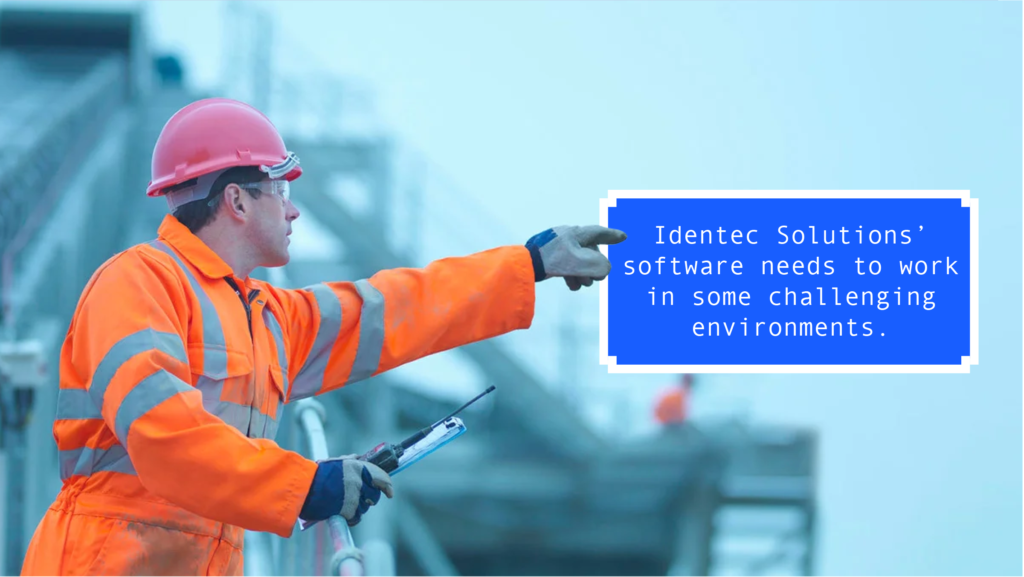
Gavin: It’s wonderful to hear about the value being placed on interface design within a B2B environment. Everybody talks about the apps, and the social media, and the cool features, and all the rest of it. But we forget sometimes that while industrial interfaces are more functional, there are still humans using them, there are still humans who have to react to the situations they’re working in. And to your point earlier Dieter, about the need for high contrast interfaces, or buttons accessible to a user wearing gloves, or whatever it may be, it’s lovely to see this commitment to good design coming into the B2B space. The big story here is about the collaboration involved, because we couldn’t have delivered the work we did if you hadn’t managed the feedback process. We can gather user insight, but we had to rely on you to find miners or offshore workers that use your products to get feedback. What do you think are the biggest challenges now for Identec Solutions in terms of interfaces and technology?
Dieter: In general, when I look at Identec, I think the challenge is how to remain a technology leader, how to stay ahead of the competition. At Identec we have created a special set of circumstances in house, from the electronics design to hardware development, embedded software, solutions development, that allows us to work in a quite different and optimal way. But finding the right balance, as you said Lindsay, putting the right people together to take the right decisions, that’s our daily challenge. And when we get it right, we can create exceptional solutions. And the second thing is that for start-ups it’s easier in some respects, you have an idea, you create an MVP, you bring it out, you do press releases, and everything is fine. But over time, you need to transition to reliable, robust products. Almost all our solutions are considered mission critical by our customers, and that demands something different. On the one hand, you have to be innovative, but on the other hand, you need to deliver products that are reliable, that people can believe in and trust. That’s the other challenge we’re facing.
Lindsay: And it’s another framing for the term ‘good design’. A good design is one that works all the time, when it has to work. And that’s what you guys offer your customers. Going back to what we said at the start of the conversation, you’re not living in a world of ‘bleeding edge’ technology, it needs to be solid and robust.
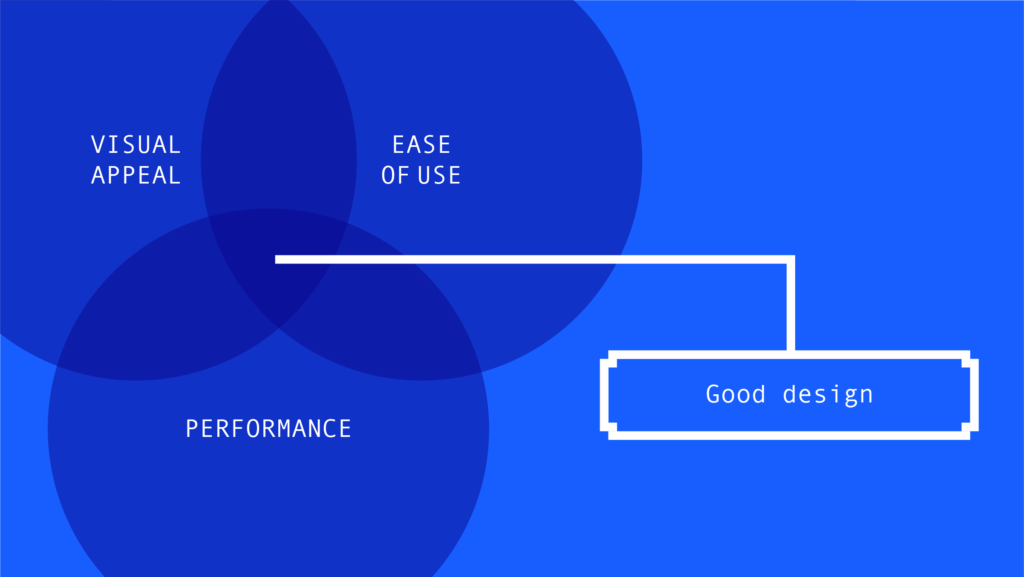
Gavin: Dieter, spare a thought for your opposite numbers in different companies, not that we want you to give away your trade secrets, but you’re at a conference, and a younger version of yourself sits down next to you and says, ‘What should I be worrying about at the moment? What should I be looking for on the horizon?’ What advice would you give to a young Dieter today?
Dieter: There are always new technologies to watch out for, that’s clear. It’s surprising that no one has mentioned artificial intelligence yet. But that’s definitely something you need to have an eye on. Not that I believe it’s mature enough to take away all our jobs next week. That’s not the fear I have. It’s more that the technology will change things in unpredictable ways. When you’re coming from the design side, when you look at the design thinking process, you have the problem space, you have the solution space, and I think on the solution side we might see artificial intelligence delivering new solutions, or at least more options. But on the problem space side, I don’t think artificial intelligence is really good at supporting us there. Secondly, talking about buzzwords, I think we’ve all heard so much about 5G, and how it’s changing the world. I think it’s an important thing. Everything is becoming digital as processes get automated, but in industry, a lot of companies rely on Wi-Fi networks, and that’s a standard that wasn’t really built for industry, it’s a standard that’s used at home. Building more reliable networks is a foundation that needs to be available in order to deliver reliable processes for doing something mission critical. At the moment, someone using their smartphone to stream a video can bring their entire plant down! And the third thing, and this is probably the real advice for my younger self, is that systems need to be open in future. In the past, we’ve seen so many locked-down systems. We still have clients who say they don’t want to bring in a new system because the integration will be so expensive. Many years ago, I worked for telcos doing billing systems, and I remember we once sold a billing system to a big American telco – I think they’re no longer around, they got bought three times and then disappeared – and they purchased our system because it was cheaper to buy a new system than to add a new product line with new interfaces to their existing system. I think that approach is over. Systems need to be open, they need to be talkative, they need to be easily integrated into an ecosystem. When you design a system these days, design it in a way that is open and that shares data.
Gavin: That is good advice. I particularly liked your point about 5G. When 5G was announced, everyone designed faster trains and forgot that they have to run on old tracks. Lindsay, what are your final thoughts? When you start another B2B project with an interface that’s completely alien to you, maybe it’s down a mine, or on an oil rig, or even in orbit around the Earth, and its users are inaccessible, what are you going to take from this project to bring to that scenario?
Lindsay: I would do what we always do at GW+Co, and that is approach things in a way which is collaborative and open. As Dieter was saying about open systems, it’s not quite the same thing, but I think we design in a very open way. We try to be transparent, we try to share. And we try to understand that a design has to be influenced by developers, by the people who are going to be using it, and by the product owners who are in charge of selling it and developing it. And we try to understand that you need those points of reference and that input to do something truly usable, scalable and successful. So, when the next project comes around, for us it’s about going into it knowing that our role is to be part of a bigger team who design these systems. We will always try to make our part of the project as open and flexible and collaborative as possible, to get a better result in the end.
Dieter: That’s great, and I would love to work with you again, anytime. I really enjoyed it.
Gavin: Wonderful, all that remains if for me to thank you both very much for your time, it’s been an absolute pleasure. It’s an area of growing importance, because industrial interfaces, if I can call them that, in the B2B world, everything from the systems a bus driver uses to issue tickets to something that one of Elon Musk’s team uses to land a SpaceX vehicle on a floating platform, everybody’s got to interact with something on a screen. And they’ve got to make sure it’s the correct button they push to let the passenger on, or fire the rockets, or whatever else. Being able to embrace that as an extension of their brand, in the way Identec Solutions did, shows that you don’t just do systems, you do systems that are robust, nice to work with and open to being developed in the future. That’s a strong message in the marketplace.
What’s next?
Want to know more about GW+Co? Have a chat with Olivia
Have a question about software design? Email Lindsay
Want to know more about Identec Solutions? Visit www.identecsolutions.com

